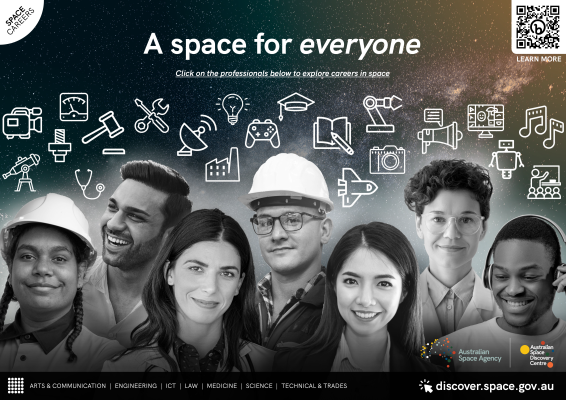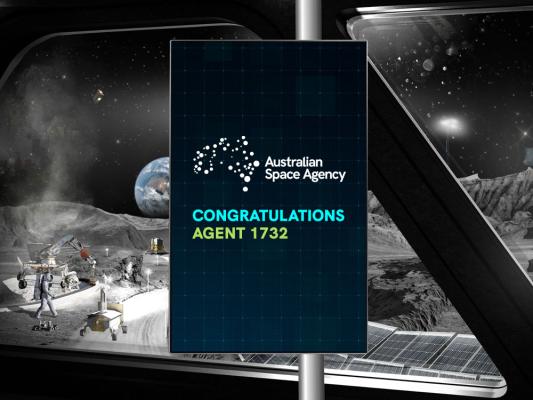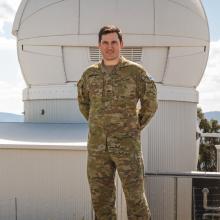Space-shaped careers
There are many exciting career paths to follow right here on Earth. Space law, medicine, design and manufacturing, robotics and data analysis are just are few. We need a range of skills to support our growing space sector.
Growing the space workforce pipeline
The national space industry employs over 16,000 Australians and is becoming an emerging industry that will be a major employer of the future STEM workforce.
Career stories
Career stories
Showing page 1 of 4 pages. Total of 34 results.

Resource: Careers in space
This learning material covers all the space careers we talk about online, and can be downloaded by students, teachers or parents to read, share or use in the classroom.

Which space career is right for you?
Navigate a day on the Moon in our short interactive quiz to find out which role best suits your strengths.









